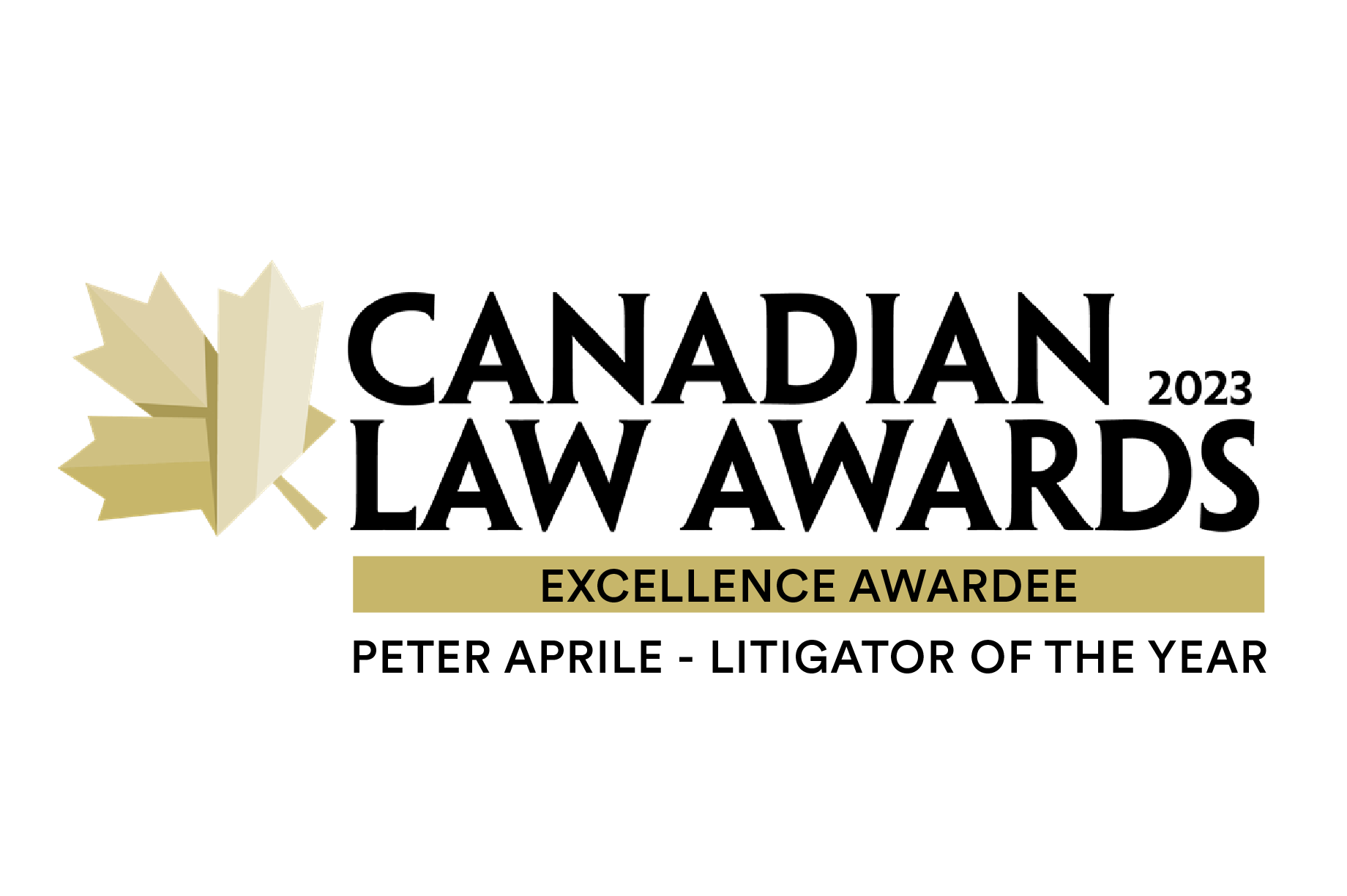When are 10% civil penalties for omitting income greater than 50% civil penalties for omitting the same amount either wilfully or in circumstances amounting to gross negligence?
It is trite law that the Canada Revenue Agency (CRA) has the authority to impose tax penalties for non-compliance with the Income Tax Act (ITA). The Tax Court of Canada (Tax Court) recently released Knight v. HMQ, 2012 TCC 18 (IP), (Knight). In Knight the Tax Court considered two ITA tax penalty provisions and highlighted the unexpected consequences one taxpayer suffered. The two ITA penalty provisions analysed in Knight were subsections 163(1) and 163(2) of the ITA.
Subsection 163(1) — entitled Repeated Failures to Report Income — provides that the CRA may impose a penalty of 10% of the amount of income that a taxpayer should have reported in the current year if he failed to report an amount in any of the 3 preceding taxation years (the “Omission Penalty”). Subsection 163(2) — entitled False Statements or Omissions — provides that the CRA may impose a penalty of 50% of the amount of unpaid tax is liable to pay on the omitted income (the “Gross Negligence Penalty”).

It is important to note that the Omission Penalty and the Gross Negligence Penalty are federal tax penalties that deal with the federal portion of tax payable. However, many provincial tax statutes contain matching provisions that impose similar penalties that relate to the provincial portion of the tax payable. The Omission Penalty is intended to address less blameworthy conduct and, therefore, the quantum of the penalty is intended to be lower. The Gross Negligence Penalty is intended to address more blameworthy conduct and, therefore, the quantum of the penalty is intended to be higher.
The salient facts in Knight were as follows. The taxpayer failed to report an amount of income in his 2009 T1 tax return and failed to report an amount of income in one of the 3 preceding taxation years. The CRA imposed an Omission Penalty. The taxpayer appealed the CRA’s decision in the Tax Court. The taxpayer argued that the Tax Court vacate the reassessment and delete the penalty because: (1) he did not receive — and tried to obtain — the subject tax slips from his previous employer; and (2) he expected that the CRA would discover the error and automatically add the amounts to his 2009 income.

First, the Tax Court reviewed the quantum of the Omission Penalty and compared it to the amount of the penalty that the taxpayer would have been liable to pay if the CRA imposed the Gross Negligence Penalty. The Tax Court noted that the Omission Penalty was higher.
Second, the Tax Court confirmed that a due diligence defence is available to defeat these types of tax penalties. The Tax Court reviewed Chief Justice Rip’s reasons for judgement in Paquette v. HMQ, 2011 TCC 208, to illustrate the requirements for a due diligence defence.
“a defendant may rely on a defence of due diligence if either of the following can be established: that the defendant made a reasonable mistake of fact, or that the defendant took reasonable precautions to avoid the event leading to imposition of the penalty.
A reasonable mistake of fact requires a twofold test: subjective and objective. The subjective test is met if the defendant establishes that he or she was mistaken as to a factual situation which, if it had existed, would have made his or her act or omission innocent. In addition, for this aspect of the defence to be effective, the mistake must be reasonable, i.e., a mistake a reasonable person in the same circumstances would have made. This is the objective test.”
The Tax Court held that the taxpayer’s mistaken belief that the CRA would discover the error and automatically add the amounts to his 2009 income as not a mistake of fact, it was a mistake of consequences. Moreover, the taxpayer did not present any evidence that he took reasonable precautions to avoid the event e.g., the taxpayer did not include a note in his tax return indicating that the tax slips were missing or forthcoming. In these circumstances, the Tax Court upheld the Omission Penalty.

However, in light of the fact that the amount of the taxpayer’s Omission Penalty was greater than the amount of the penalty had the CRA imposed the Gross Negligence Penalty, the Tax Court encouraged the taxpayer to make an application under the taxpayer relief provisions (also called fairness provisions) and openly hoped that the Minister would reduce the amount of the Omission Penalty.
We hope that Mr. Knight does apply to the Minister to reduce the Omission Penalty and that the Minister reduces the same. In addition — and maybe more importantly — we hope that Parliament amends the legislation to limit the quantum of the Omission Penalty to ensure that other taxpayers do not suffer from the same unexpected, and unfair, consequences.

.jpg?width=120&name=Counter%20Tax%20Litigators%20Logo%20Stacked%20(MidnightBlue%20on%20White).jpg)












.png?width=400&height=400&name=CT-How_Can_We_Help-22_july_NewGraphic_b(small).png)

.png?width=1386&height=1224&name=2025%20Legal500%20Elite%20Boutique%20Award%20(Badge).png)
.png?width=1386&height=1224&name=ITR%20Finalist%20Practice%20Leader%20of%20Year%20Peter%20Aprile%202024%20(Badge).png)
.png?width=1386&height=1224&name=2025%20Legal500%20Leading%20Firm%20Client%20Satisfaction%20Award%20(Badge).png)





.png?width=1386&height=1224&name=ITR%20Tax%20Innovator%20Finalist%202024%20Award%20(Badge).png)
